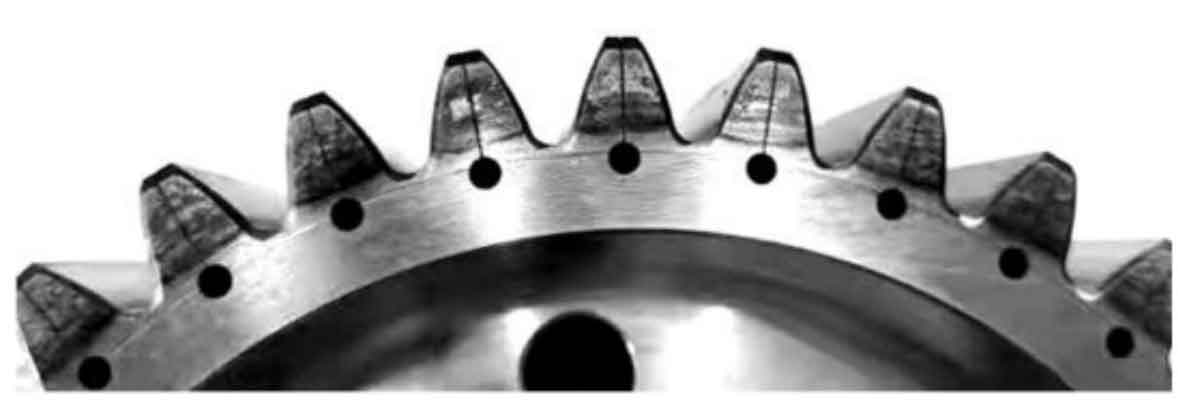Designing spur gears with optimal performance requires careful consideration of various factors, including gear ratio, tooth profile, contact ratio, and backlash. A spur gear calculator is a powerful tool that can greatly enhance gear performance by facilitating accurate gear design and analysis. Here’s how a spur gear calculator can contribute to gear performance enhancement:

Accurate Gear Ratio Calculation:
A spur gear calculator allows designers to determine the gear ratio, which is the ratio of the number of teeth between two gears. Precise gear ratio calculation is crucial for achieving the desired speed and torque transmission characteristics. With a gear calculator, designers can input the number of teeth on each gear and instantly obtain the gear ratio, enabling them to make informed design decisions.
Tooth Profile Optimization:
The tooth profile of a spur gear plays a vital role in transmitting power efficiently and smoothly. A spur gear calculator often incorporates algorithms based on industry standards and equations to generate accurate tooth profiles. Designers can input parameters such as module, pressure angle, and helix angle, and the calculator will calculate tooth dimensions, such as tooth thickness, addendum, dedendum, and clearance. This information ensures that the gear teeth are properly designed for optimal load distribution, reduced wear, and quiet operation.
Contact Ratio Analysis:
The contact ratio represents the number of teeth in contact at any given moment between two meshing gears. A higher contact ratio indicates better load distribution and reduced noise generation. A spur gear calculator can calculate the contact ratio based on the gear geometry and meshing conditions. By adjusting gear parameters, such as the center distance between gears, module, or tooth thickness, designers can optimize the contact ratio to improve gear performance.
Backlash Calculation and Compensation:
Backlash is the play or clearance between the teeth of mating gears. Excessive backlash can result in noise, vibration, and decreased precision. A spur gear calculator can determine the backlash based on gear specifications and allow designers to compensate for it. By adjusting the center distance or tooth thickness, the calculator can provide the necessary modifications to minimize backlash and ensure proper gear engagement.
Performance Analysis:
A spur gear calculator can go beyond basic design calculations and provide performance analysis tools. These may include torque and power calculations, stress analysis, and contact pattern simulation. By simulating the gear meshing behavior under different operating conditions, designers can evaluate potential issues and optimize gear design for enhanced performance, durability, and efficiency.
Iterative Design Process:
Gear design often involves an iterative process, where initial design parameters are refined based on analysis results. A spur gear calculator expedites this process by providing quick and accurate calculations. Designers can easily modify gear parameters, recalculate important values, and compare results to fine-tune the gear design until desired performance objectives are met.
Spur gear calculator is an invaluable tool for gear designers, enabling them to optimize gear performance by accurately calculating gear ratios, generating tooth profiles, analyzing contact ratios, compensating for backlash, conducting performance analysis, and facilitating an efficient iterative design process. By leveraging these capabilities, designers can achieve enhanced gear performance, improved efficiency, and increased reliability in various applications.
